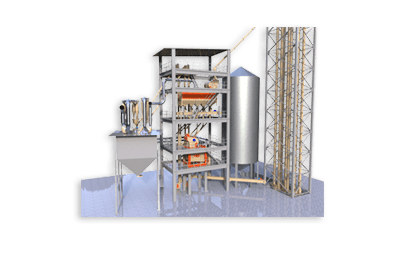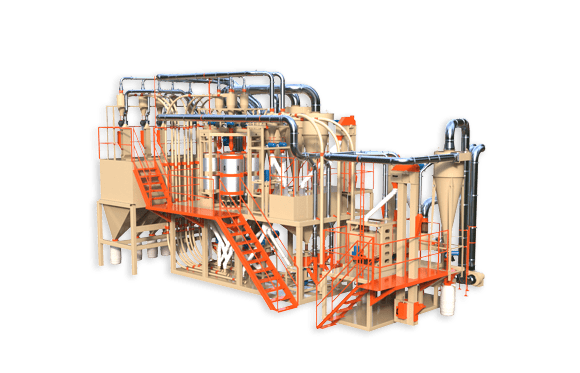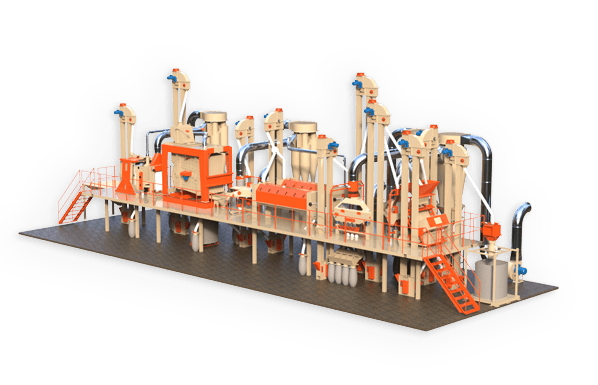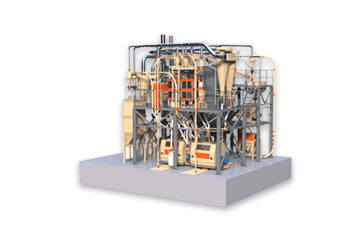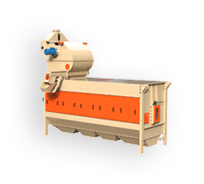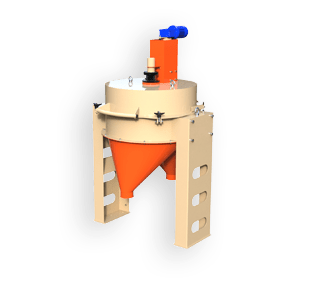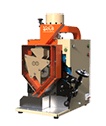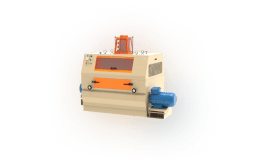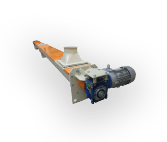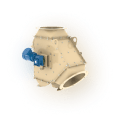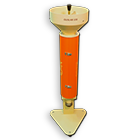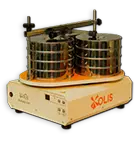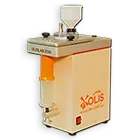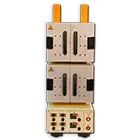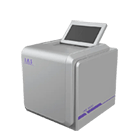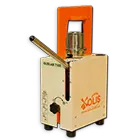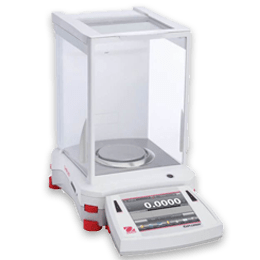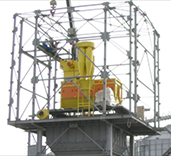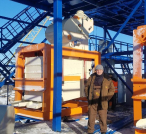Efficiency of razmol intermediate productsusing dismembrators
Vereshchinsky A.P., Candidate of Technical Sciences, General Director
LLC “OLIS”, Odessa
Reducing the length of the grinding process is one of the main tasks of improving varietal wheat grinding. The grinding process accounts for 50…65% of the roller line of the machines and 40…50% of the sieving surface of the sieves, which process up to 70% of the total amount of intermediate products, while consuming 50…60% of the energy from the total cost of grinding. A well-known way to solve this problem is to increase flour extraction in the grinding process by using, in addition to roller mills, grinding machines of the impact-abrasive operating principle. At most domestic mills, systems that process 1st quality products include entolators of the R3-BER type, and systems that process 2nd quality products include detachers of the A1-BDG type. In accordance with the recommended grinding modes [1], flour extraction on 1st and 2nd quality systems can be up to 60…70% and up to 40…50%, respectively.However, in most grinding systems of mills, at the highest possible “low” operating modes of roller machines, these figures are 20-30% lower than recommended, which indicates the insufficient efficiency of the shock-abrasive machines used. However, there are a number of studies, for example [2, 3, 4], confirming the effectiveness of disintegrator-type machines in grinding intermediate products. The working bodies of these machines are a pair of pin disks that rotate towards each other (disintegrators), or one of the two disks is stationary (dissembrators) and is structurally the body of the machine. Disintegrators have a higher grinding capacity because… implement higher power loads in relation to the crushed product. However, dissembrators are much simpler, which determines their low cost, high reliability and compactness. Therefore, if sufficiently efficient, this type of machine can serve as an alternative to entolators and detachers when constructing new mills and improving existing mills.
The grinding efficiency was tested under production conditions at a mill, which included preparing grain for grinding using peeling. Intermediate products of different quality and fractional composition after roller machines with a micro-rough working surface were additionally processed in ESM-1.5 dissmembrators with adjustable rotor speed, commercially produced by OLIS LLC.
Table 1 shows the quality indicators of the crushed intermediate product of the 1st quality, obtained in a torn process without the use of enrichment, which is a mixture of products of all fractions.
Table 1
Characteristics of the 1st quality crushed product
|
Content, % |
Ash content, % |
|
| Large grains |
9.0 |
1.28 |
| Medium grain |
26.0 |
0.96 |
| Fine grains |
43.0 |
0.92 |
| Dunst |
15.0 |
0.77 |
| Flour |
7.0 |
0.63 |
| Total mixture |
100.0 |
0.91 |
Table 2 shows the values of flour extraction obtained on a roller machine, as well as on a roller machine and a dismembrator with different rotor speeds when grinding a product of the 1st quality (Table 1). Flour quality indicators are indicated based on the results of product selection after the machine, as well as after the machine and dismembrator, i.e. taking into account the content of under-seeded flour in the initial mixture.


